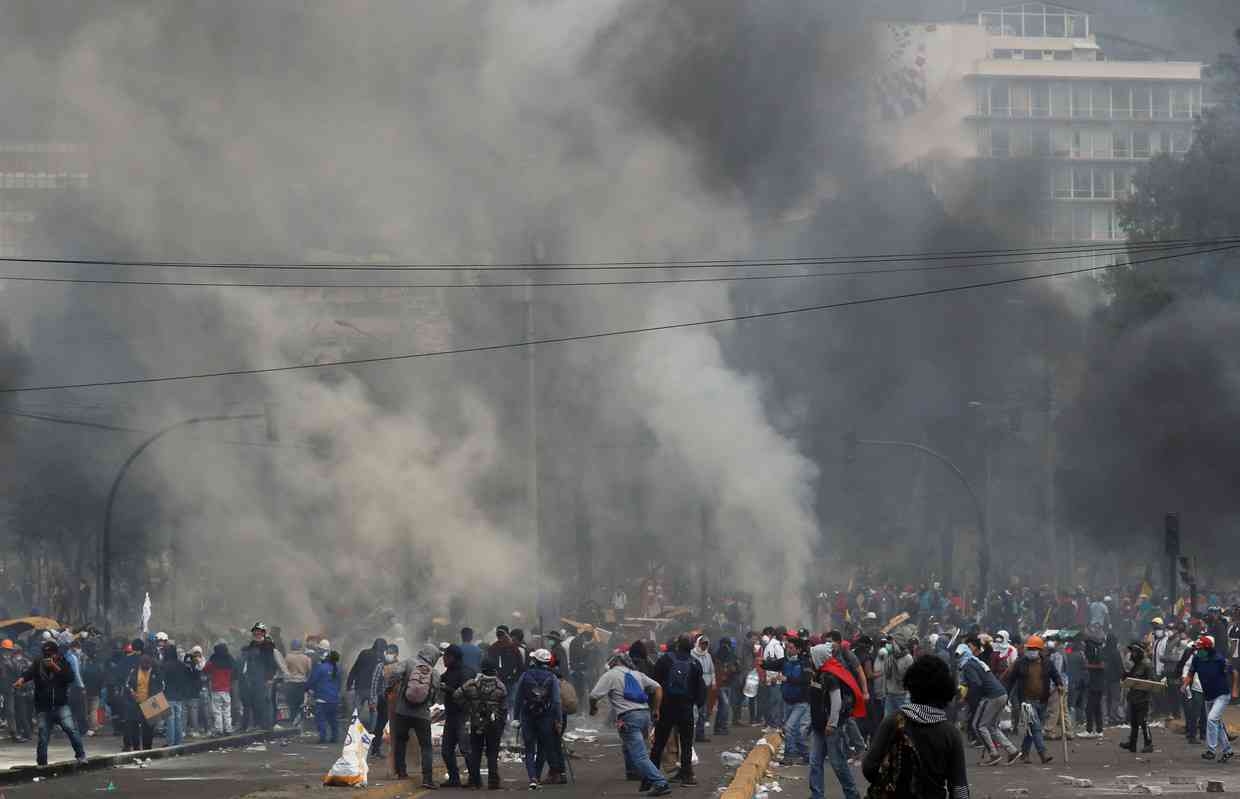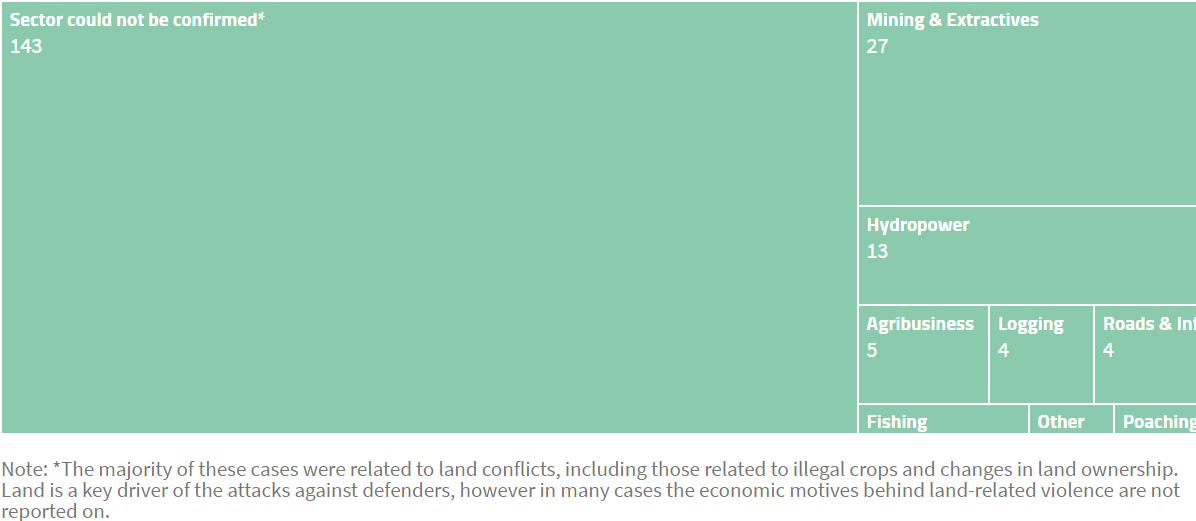Why cannot we just say that the human body seems to resonate at the same frequency as that of Mother Earth.
If we are to save the Earth, it cannot be undertaken without making amends for mankind.
For better or worse, Mother Earth will exist with or without us. Mankind is currently sick, separated and lost and with that logic, the Earth has been sick.
And this sickness has culminated in various forms.
“We are losing our suicidal war against nature”, are the simple words depicting urgency by the UN Secretary-General António Guterres.
“There is nothing natural about the new scale of these disasters.”
A report from WWF describes this unbated destruction of Nature and its beings as a matter of ‘human self-preservation’. Loss of Biodiversity is one such bigger consequence and a challenge altogether.
Another report by Intergovernmental Science-Policy Platform on Biodiversity and Ecosystem Services (IPBES) called the Global Assessment Report has assessed nearly a million species at risk of extinction until a concerted effort to undo the damage is done- the highest number of extinctions known so far.
This rate will be at least ‘tens to hundred’ times as compared to the past 10 million years.
As the World Wildlife Fund (WWF) defines, “Biodiversity is all the different kinds of life you’ll find in one area—the variety of animals, plants, fungi, and even microorganisms like bacteria that make up our natural world. Each of these species and organisms work together in ecosystems, like an intricate web, to maintain balance and support life.”
In short, healthier biodiverse ecosystems are found to be critical to ensure various unaccounted services like shelter, water, food, fuel, climate stabilization etc.
But we have harnessed these exclusively beneficial resources like coal, rubber, hardwood, minerals etc., in ways beyond their rate of replenishment.
The forests holding these little miracles are slashed and burned to make way for rather profitable (though short-term) plantations.
In certain places like the Amazons, Borneo, the inhabitant plants and animals have been hunted down, exploited or sold in the black markets. We all remember Covid, the birth-child of any of these dark and slimy places.
Specific to Borneo, the place of the Orangutans has witnessed at least thirty percent of its forests being wiped out in a brief span of 40 years, with at least half of these splendid entities losing existence in just the last 20 years.
Reasons: we choose not to know what we already know!
Why are humans restlessly treading on a path to destruction? With at least 75 percent of the terrestrial environment and 66 percent of the oceanic environment being almost completely altered, we have assigned a third of the world’s land surface and 75 percent of our water resources to yield crop and livestock production.
Surely, a rising population and climate change has only added to its woes.
The cautiously-modelled second half of this century tells a similar story. Rising global temperatures and the consequent changing weather patterns have taken over deforestation and agricultural land-use for wiping out biodiversity.
Climate risks, biodiversity, Human role and its Linkages
“Environmental stressors, including the climate crisis, illegal logging, mining, land conversion, and wildlife trafficking have deep and detrimental impacts on the biodiversity of our planet and the availability of clean and safe water for human use,” mentioned the US Secretary of State Antony Blinken.
“The loss of nature and rising water insecurity are global health threats that must be confronted together”.
Because at this current rate of existential crisis, as per a study conducted on 26 nations, more than half of those are on the brink of economic downgrades, leading to an increased public debt, a compounding interest payment on the same that can reach up to $53 billion a year and the risk of bankruptcy soaring up by 10 percent.
The Art of doing and undoing things: saving the planet’s future
Biodiversity has the biggest power of its own, i.e., resilience. The day we ease up some pressure on the planet, use its resources well enough and gift it some time, the ecosystem will begin to adapt.
Human Technology with the least interference can do the rest; several researchers have enabled themselves to monitor the biodiversity in the remotest corners of the planet with negligible human meddling.
“Our devices were built to withstand long deployments, data is remotely transmitted, and power comes from solar panels. These devices can therefore be permanently deployed, with maintenance only needed rarely.”
“Our recordings have everything from ants, flies, birds, frogs, cicadas, elephants, gibbons, humans, etc. Many species contribute to the soundscape, making it such a rich source of information,” explains a Researcher.
However, it is easier said than done.
Unfortunately, the forests also hold treasures ready to be explored and exploited. Politics and shady economics walk hand-in-hand to ensure that nothing gets spared.
Hasdeo in Chhattisgarh is bearing the same fate, being just a single pear in a string.
As per the report by an international non-profit organization, nearly 1700 environmentalists were put to death for defending the environment between 2012 to 2021.
The Global Witness report also reaffirms the same that in the last year alone, 200 activists perished.
A report by the name ‘Decade of Defiance’ also estimated about 1,733 environmental activists to have been killed in the last decade, with nearly 227 such deaths falling in 2020 alone.
The highest number of killings could be attributed to Mexico.
With about 40 per cent of the ones killed to be indigenous people and at least 1 in every 10 reported dead for the environment is women.
Brazil and India both found these deadly attacks on the environmentalists to have risen from 20 to 26 and from 4 to 14m respectively.
As the UN says: “Activists and communities play a crucial role as the first line of defence against ecological collapse, as well as being frontrunners in the campaign to prevent it.”
Another expert explains: “What I can say from my years of experience is that these are the figures that are reported. The actual number of deaths is much higher. Because when they report it as the death of an activist, it reflects on the state government very poorly. So, generally, this is covered up.”
3 people hailing from the tribal community were shot to death while they tried to protect their own homes, in protest.
Many other such deaths have been well-documented: Kawasi Waga, Maynal Haque, Nakshatra Singh, Sheikh Farid or Stan Swamy; all of them surely have great stories to tell but we will not ever hear it from them.



